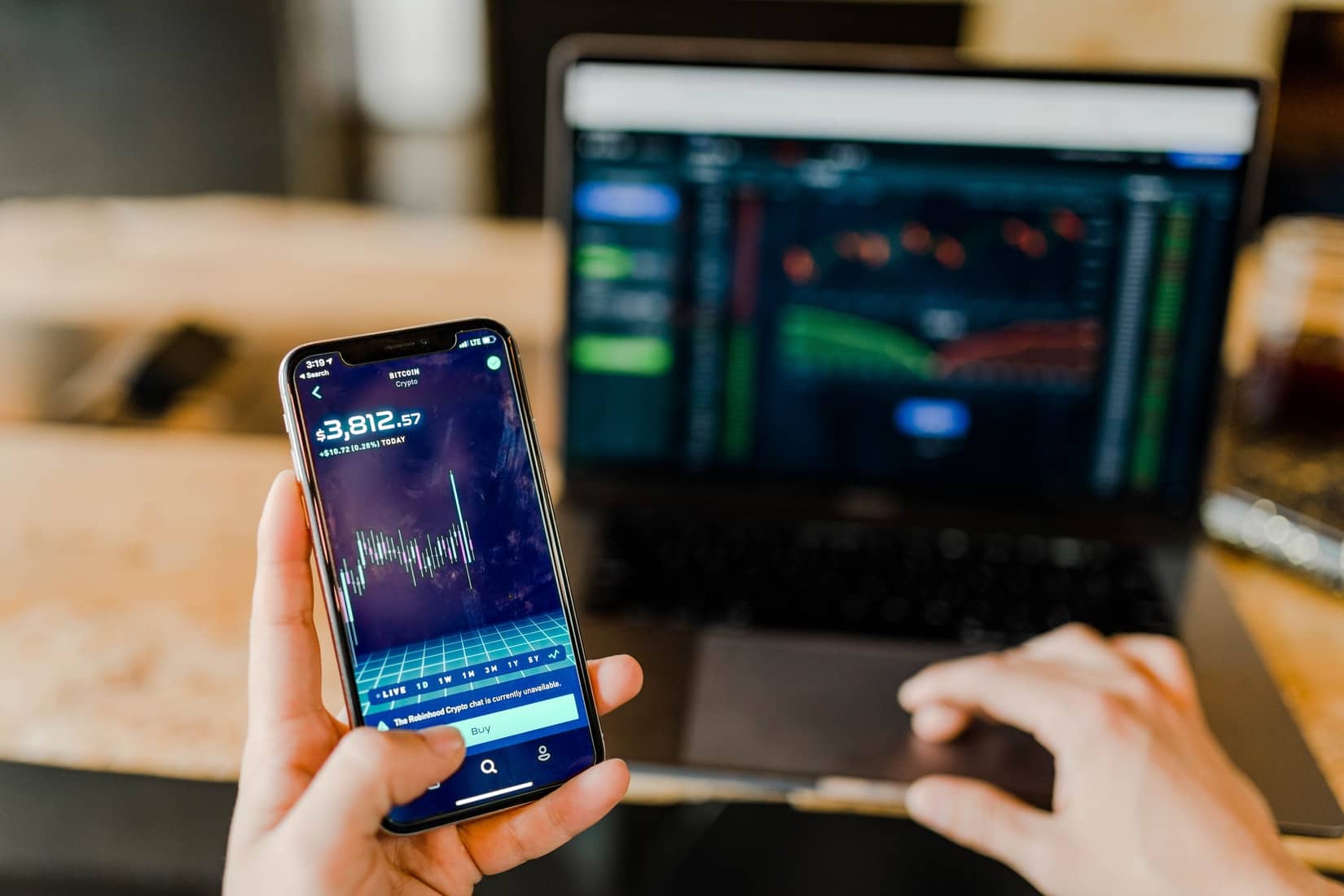After three years, filled with many ups and downs, the cryptocurrency Litecoin has finally set a new all-time high. The coin’s price has surged more than 1,000% over the last three months, reaching a record high price of $52 at the beginning of July 2019.
Litecoin holds the fourth biggest market capitalization, coming in after Bitcoin, Ethereum and Litecoin, and was designed to be faster than Bitcoin, and to prevent the centralization of mining.
The difference between Bitcoin and Litecoin
At first glance, Bitcoin and Litecoin look extremely similar. Both are peer-to-peer cryptocurrencies based on an open-sourced protocol and run on decentralized networks.
Litecoin was launched by Charlie Lee in 2011 with the goal of being the “silver” to Bitcoin’s “gold”.
However, there are major differences between the two currencies, such as:
- Transactional differences
- Mining differences
- Differences in market capitalization and popularity
- Difference in supply
Transactional differences
Litecoin is designed so that each transaction is confirmed by the blockchain within 2.5 minutes, whereas Bitcoin’s confirmation time was designed to happen within 10 minute blocks (although, due to congestion on the blockchain, this transaction time has dramatically increased).
In this way, Litecoin is technically a better payment system than Bitcoin as the speed of transaction processing is much faster. Due to technical improvements on the Litecoin blockchain, a greater number of transactions can be processed at any given time, reducing potential bottlenecks such as the Bitcoin transaction delays we are currently experiencing.
Mining differences
Like Bitcoin mining, Litecoin is mined (or processed) by thousands of computers all over the world that are connected to the internet. Put simply, miners are computers that process transactions by solving complicated calculations. The difference between Litecoin and Bitcoin is the way in which the miners (or computers) solve these calculations (the way they process transactions).
Bitcoin miners and Litecoin miners use different proof-of-work algorithms, meaning, the way in which they verify transactions are different. The proof-of-work concept is defined as the requirement for the generation of a new set of transactions (“block”). These requirements differ on the two different networks.
Differences in market capitalization and popularity
Litecoin may sound great with faster transaction times, the recent surge in growth, prevention of mining centralization, however, one must remember why Bitcoin remains ahead of the pack.
Although Litecoin was created to do what Bitcoin does, but only better, it has not yet managed to do so.
Reasons being: Bitcoin is the only cryptocurrency that has been tested at scale, it is also the most secure. Other advantageous measures include the amount of research and books written about it, the number of startups working in it, the number of governments and businesses who are trying to regulate it, the volume of transactions flowing through it – all to which Bitcoin prevails.
How to buy LTC with BTC
Below is a simple step-by-step guide on how you could purchase Litecoin from Luno.
Step One: Get a Luno Account
Get your free Luno account. You will be asked for some identity information, which they’ll verify.
Step Two: Deposit Money Into Your Luno Wallet And Buy Some Bitcoin
Log into your Luno account and navigate to Accounts. Click on your local currency account and click on ‘fund account’. After you’ve added money to your Luno wallet, you’ll be able to buy some Bitcoin with it.
Step Three: Find A Bitcoin-to-LTC Exchange
You can buy a lot of things with Bitcoin, including other digital currencies.
CoinMarketCap has an extensive list of exchanges that allow you to buy and sell LTC. Look for the LTC/BTC currency pair; they’re ranked by 24h volume.
Another popular solution is an “instant exchange” like ShapeShift, both of which will require you to send BTC (from Luno) and it will convert it to LTC, which it will send to a Litecoin wallet.
Step Four: Send Your BTC And Buy Some LTC
Depending on the platform you’re using, you’ll be provided with a Bitcoin address. You can send the Bitcoin from Luno to your preferred LTC exchange.
Luno Help Centre article: How to send Bitcoin with Luno
Once the funds arrive, simply follow the platform’s instructions on how to purchase LTC.




